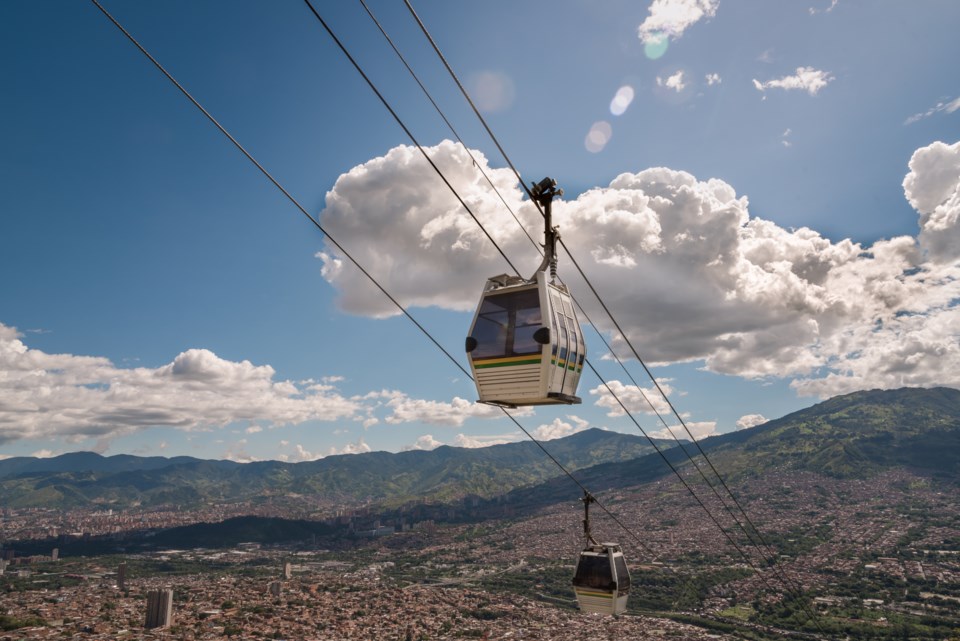This letter is in response to an article in the Jan. 17 issue of Pique (“Could a valley gondola help solve Whistler‘s transportation woes?”).
Utilizing new resources is not the sustainable nor affordable way to solve congestion issues. Why don’t we consider using resources that are already in existence? For instance, let’s consider the train track that currently is not being used.
The train track runs from Cheakamus to Wedge. Why not have two massive parking lots on either side, and add in some shuttle buses at different stops on the way? The train can stop at Nita Lake Lodge, from which Creekside is an easy mountain access. Perhaps Lorimer or Sabre could be another stop; at which point passengers could get on a shuttle bus to the base of either mountain, Whistler or Blackcomb gondolas.
Consider up-cycling the old Cheakamus dump to a parking facility where passengers travelling from the south can buy a parking ticket for the day inclusive of train and shuttles in both directions. Same for the Wedge parking lot, for folks coming from Pemberton, and Whistler Village North. This will help Whistler reach its emissions goals, and will alleviate some of the parking issues for Vail Resorts. The train should also be considered for future expansion, reducing traffic from Vancouver and Pemberton, as the train track goes further in both directions.




